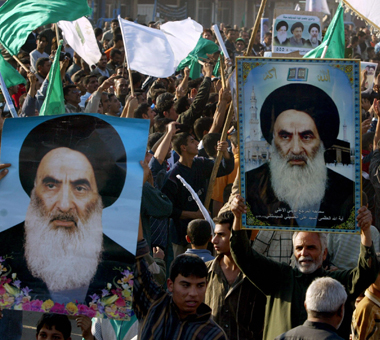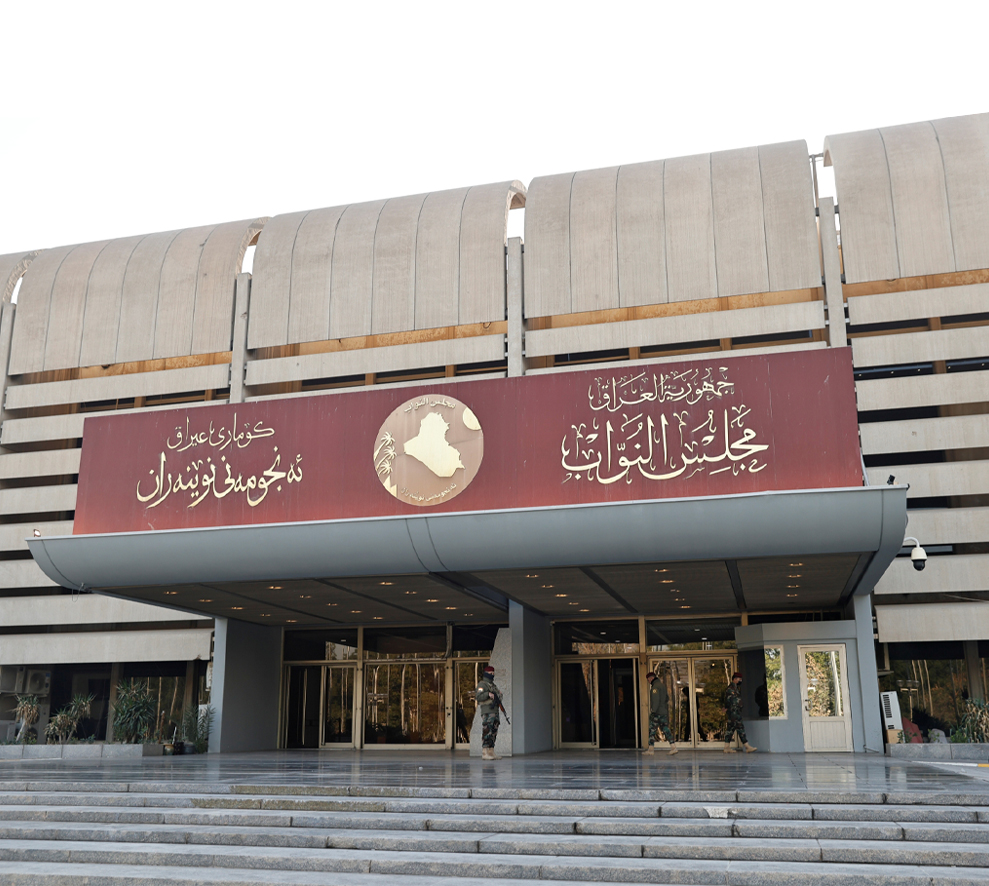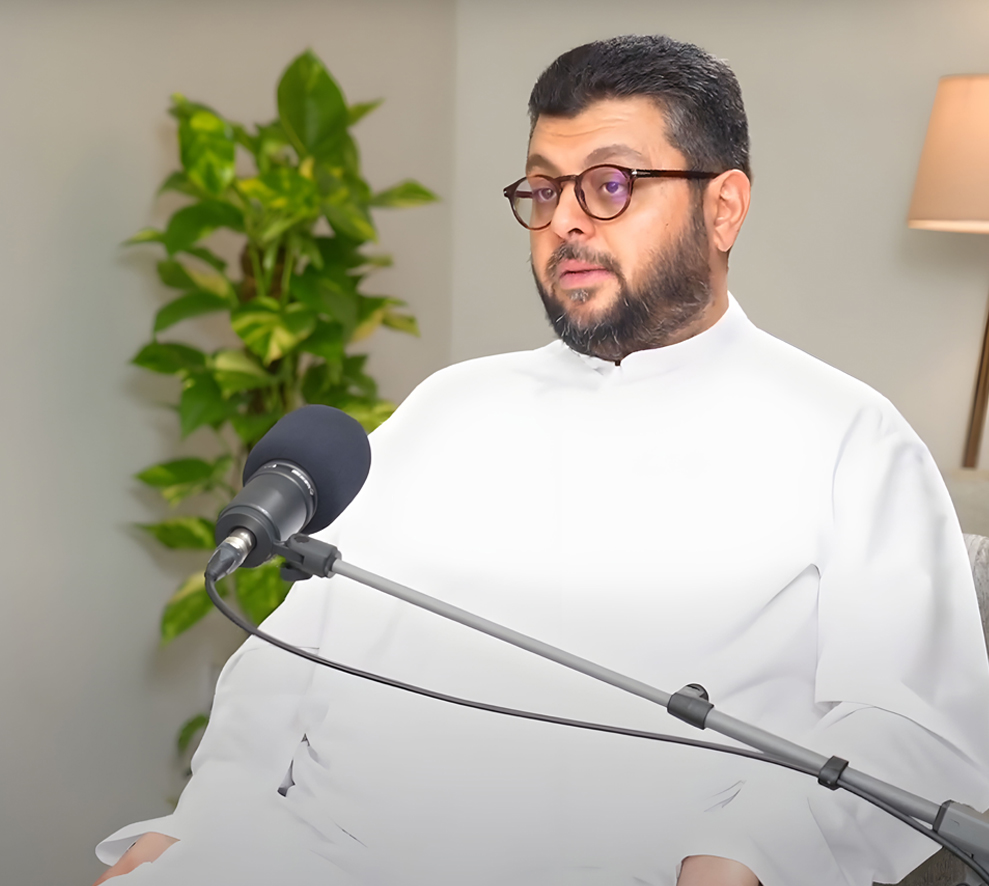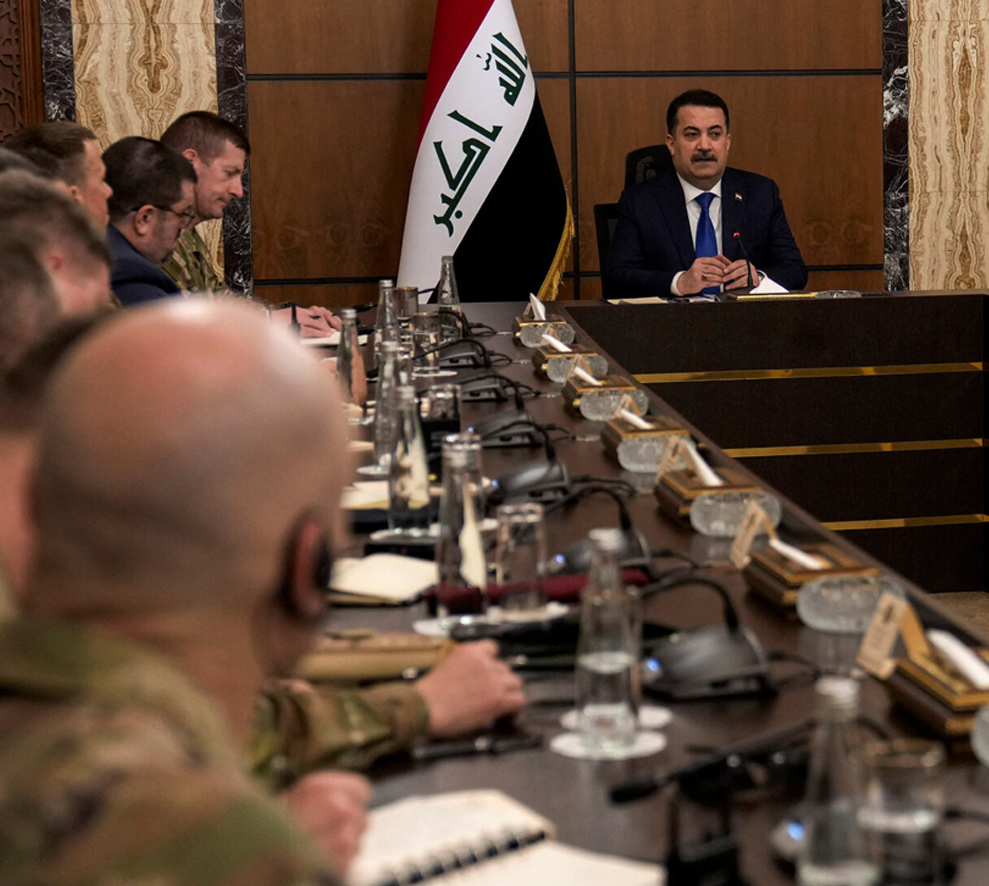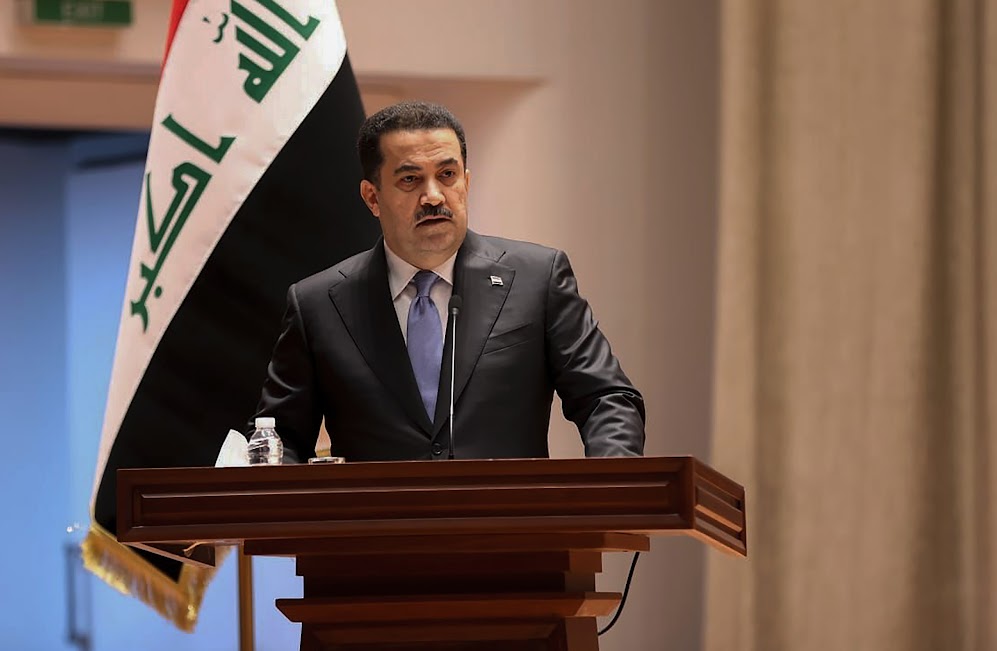The Iraqi crisis, began after the elections 2021, is exacerbating. The parties of such crisis are sticking radically to the crisis contradictive orientations. As the crisis intensifies, some believe or are waiting for the Shiite authority, represented by the Religious Authority (Marjaiya) of Ali al-Al-Sistani, to enter on the crisis line to resolve it, expecting that he will recommend outputs for it.
However, in its speeches and interventions in political affairs, the Religious Authority appeals to several criteria, observations, and evidence, which can be considered via predicting the possibility of its intervention or not. To achieve this, it is important to examine the role of the Religious Authority and the nature of its discourse (in terms of explaining and interpreting such discourse) with its various means and tools, in order to determine the possibility of expecting the intervention of the Religious Authority, or that it may remain neutral.
Theoretical Interpretative Frame
The theory of Religious Authority Ali al-Al-Sistani's relationship to the system mediates between two Shia theories, representing two divergent parties, one of which argues the guardianship of the Nation over itself, according to which the Nation assumes the guardianship over itself while the infallible Imam absence, with the condition that Quran and Sunnah are not abandoned. The second of which is a theory in the extreme direction, that argues absolute general guardianship, that allows the Faqih (jurist) to intervene in all the joints of organizing the affairs of people's lives.
In his interference in political affairs, Al-Sistani stands in the middle between these two theories with a centrist theory, which states that the Religious Authority should not completely refrain from intervening in political affairs, but that intervening is limited to fateful issues, and in crises when they intensify; when the state and public order lose the vision, and the civil peace is threatened. Here lies the role of the Faqih and the Religious Authority to correct matters that threaten public order and distort its course of work.
Since the political crisis in Iraq began, after the elections (2021), many expected that Al-Sistani would intervene on the crisis line to solve it, the more the crisis intensifies, the more these expectations increase, for the Religious Authority represents -in the consciousness of the Shiites- a transcendent religious symbol, and a pattern of spiritual relationship that governs his vision of followers and others. This relationship goes beyond social aspects to political aspects. This relationship, between the Faqih and the followers, is based on religious matters, for the religious references in the school Al-Sistani belongs thereto. Nevertheless, this relationship became more extensive after 2003, as it represented a spiritual authority for religious and political processes in its general sense. The Religious Authority, thus, has a discourse that everyone is waiting for, different symbols to provide, and messages in different forms. He represented an influence in Iraqi politics that enabled him to ease many problems, and gave him an advantage over other religious actors in Iraq.
This gives Al-Sistani's spiritual authority a role that other parties are unable to assume, according to which his position is determined on issues affecting public order. We find that Al-Sistani intervened in the 2003 elections, in the writing of the constitution, and repeatedly remained a guarantor of the democratic mechanism (elections), and a key party in the stabilization of the political system after 2003. But Al-Sistani supported the public by coming out and demanding reforming of the system, in the protests of 2015 and 2019, adopting the masses opinion.
The following may explain the Religious Authority’s role and nature of intervention, via considering its discourse:
One: Distinctive Discourse
In different circumstances, Al-Sistani tries to distinguish himself from other religious and political actors. The indications of this is that he never the first to deliver a speech, rather, he waits for other speeches, so that he would present a different model from them, where his speech would not make him side anyone, He also does not make the speech of others be similar to the his. Therefore, Al-Sistani's speech is often interpretable, not shrouded in clarity, and never determined by how it begins; rather, goes on gradually in his speech, and then separates with a distinguished discourse, in which he gives his vision thereby.
The following can be noticed in Al-Sistani's discourse nature:
- Al-Sistani belongs to the school of late discourse, that reads events in their various aspects. It is a cautious speech, thus the rate of errors in it is low.
- Al-Sistani distances himself from discourses supporting a political party at the expense of another. Should the otherwise happens, he puts that bias in the context of what the public benefit demands. There was a unique position in his intervention in the political dispute between two political parties, after he was asked to solve the crisis of choosing the prime minister after the 2014 elections; he replied with a letter agreeing to change. That was a major reason why Maliki stepped down from the third term.
- The silence of the Religious Authority cannot be deemed as a consent or a conflict, but there are always justifications that allow the Religious Authority to send messages, other than the requested or expected messages.
- The Religious Authority intervenes when the public's non-partisan voice is a party in a crisis.
- Often, there are unexpected answers in the discourse of the Religious Authority, which is part of the discursive force, as it is not possible to prepare for a response or reply, especially in political discourse.
- Religion-policy duality is always found in al-Sistani's discourse, however, it narrows and expands as a result of its objective context.
Second: Gradual-Mannered Discourse
The Religious Authority exercises multiple discursive roles, distinct from other discourses, never can be deemed siding a particular party or entity, rather, the discourse has a gradual clarification of the role that the Religious Authority is likely to take, in order to ensure the confidence of the public, and not to lose its response.
During the October protests, the gradualism of the discourse represented a consistent and coordinated context, through which al-Sistani was able to maintain public order, by redirecting messages to the protesters in his own way. He began to be neutral, before turning his speech in favor of the protesters, who adopted that gradual discourse until he became the one who influence, over them and the power alike.
The fact that al-Sistani's gradualism, in his speech, enables him to measure the level of response of both sides, as the Religious Authority monitors the degree of response of all parties, until it intervenes clearly or confidentially. Under such intervention, he gives his proposals and recommendations to get out of the crisis, which was represented in the case of October protests, by calling for early elections and changing the electoral and commission laws, then asking the parliament to reconsider its options by choosing the head of government, which led then-Prime Minister, Adel Abdul Mahdi, to resign hours after the request.
Al-Sistani's silence, on many cases of political disagreement, is understood as an abstention indicating his dissatisfaction with the politicians' response to his repeated vision of reforming the system. This can be considered a gradualism of discourse for denouncing the political situation. The messages of dissatisfaction with the current political situation kept him away from meeting politicians, turning to direct speech with determined timed messages that everyone is waiting for, reaching the stage of the abstention from delivering a speech.
Al-Sistani's silence, about an event, is considered a message that leads to other aims, which was not necessarily a satisfaction with a particular method, nor can be considered as a rejection of the event itself, rather, the aim is about sending other messages regarding generalities but not details. This is part of the Religious Authority's strength as his discourse's content is never expected, and as everyone is unable to interpret his position from one side to the benefit of another; for there is no clear message to the Religious Authority without a text.
Third: Public Discourse
The Shiite Religious Authority treats the public as a first goal, as it is the source of strength. Never did it disagree with the public or contradicted the mass orientation except in simple cases throughout the history of the Shiite Religious Authority, which is the discourse strategy that al-Sistani is keen on; according to such strategy, he issued no speech, opinion, or call but only after becoming ensured of a high response from the public.
Thus, the public's response, the persistence of trust, and that his discourse is not is a particular party, are what characterize the ongoing obsession with Sistani's speech, which wants to be with the public permanently, and cannot be associated with any political party, because al-Sistani believes that this would cause the loss of a part of his symbolism that transcends political and social contexts.
Al-Sistani chose a number of means to deliver his discourse and messages; he used to receive Iraqi politicians, sending messages to each other through them. Some of these politicians appeared in the media under the claiming to represent the Religious Authority. Those messages were later turned into statements, and then to speeches on Friday sermon, through his accreditors (Mr. Safi, Abdul Mahdi al-Karbalai). Friday sermons were as a subsequent stage for the discontinuity of his meetings with politicians, then turned into the only means of sending messages, in publicity and timeliness manners, as well as having the Friday sermon's authority, that gives it power and trust.
The sermons, like of Friday and others, extend to include the international neutral parties, like the United Nations, through which he sent his messages many times. This does not mean that other bodies are there, which the Religious Authority sends its messages through.

Fatwas are one of the most measured ways to measure the public's high response, and restore its confidence. The most prominent example of which is the most famous fatwa in 2014, on the Kafa'i Jihad (jihad of sufficing) in which al-Sistani's authority called on citizens to fight the terrorist organization "ISIS" after it took control of large areas of Iraq.
Authority's Duality
Never did the Religious Authority abandon its role which is based on authority's duality, it rather keeps on reminding on such duality, using it discourse significance that the Religious Authority's role is limited on instructing and advising, as a mean to separate the Religious Authority from politics.
This is one of the important issues in the Religious Authority's handling of political events. Although such authority became a transcendent authority above the politics, but it maintained the duality of power and religion, even that it does not seek to reduce the gap between them, despite it did not make a statement on such division. The Religious Authority even focused, through the clerics affiliated with al-Sistani's authority (that politics and religion are not divided).
This is mainly due to the Shia theory of state, related to the idea of "Waiting" based on interpretating the political aspect, and the inability of the Infallible (al-Ma'asoum) in the bilateral management of power and religion together, and that the complexity of political scenes is the result of non-adherence to religious thought. This was not the absolute idea of the Shiites; the general guardianship (al-Wilaya al-Amma)of the Faqhi tended to focus the Absence (Ghayba) equal to that of the Infallible.
However, through a number of practices, Sistani's authority illustrates that gap and its expansion. An event may reduce that gap, as in the events of October 2019, or when the Religious Authority directly intervened in the call for reform. This puts the Religious Authority in a context of rationality and advising, while instructing its intervention in the first elections in favor of a particular list, due to specific circumstances related to the first elections, and for the public lacks of knowledge in dealing with that mechanism.
This duality is one of the outputs that allows the Religious Authority not to interfere, also to remain silent in political events, through which its intervention scale cannot be expected. This even allows the Religious Authority to distance itself from disputes that it may believe its existence represents nothing but a withdrawal from the transcendent symbolism of the religious reference.
Crisis Outputs and Religious Authority's Intervention
In line with these said facts, expecting whether the Religious Authority would or would not intervene may lead the expecting figure to disappointment sometimes, due to the discourse context al-Sistani made, which is one of the means of his discourse symbolism is (never expect) that there will, or not, be intervention by the Religious Authority. If such an intervention was there, then how will it look like?
As a result of the experiences al-Sistani intervened, he may intervene is some criteria were available, they are:
First: There should be a high response to the Religious Authority's opinion, which should be a decisive opinion in judging matters, otherwise, intervention without a response, exposes the Religious Authority's status to tremors that represent a loss of its existence.
Second: That the formal and constitutional institutions of the state are unable to bring a solution, then, the Religious Authority's opinion becomes consistent with their existence represented as being a spiritual authority that protects public order.
Third: If one of the main forms of society is subjected to a crack, such as the tribal or religious one, then the Religious Authority works to confront that crack, as it is a basic structure of the Iraqi society in general, and for its mass weight in particular.
Fourth: If the two sides of a conflict are unbalanced, and when the Religious Authority's non-intervention is an exclusion of one of the parties, as a result of such imbalance, the Religious Authority then intervenes to bring such balance back. This happens when a party of a crisis is a political a party that has influence and power over the public.
In fact, these criteria represent the gateway that explains or facilitates the predictability how the Religious Authority would get into the crisis line. While none of such criteria yet took place in the crisis between the Coordinative Framework and the Sadrist movement, besides that there is also a high chance that state institutions will play their role in confronting any emergency that the crisis may cause, such as the Supreme Judicial Council, the Federal Court, and the Executive Institution, represented by the government, which has not reached the stage of complete paralysis despite the undermining of its powers. The almost disruptive part of that dispute remains the legislative institution only.
Conclusion
In the indications formulated in this paper, there is a low probability that al-Sistani authority will enter the line of resolving the current political crisis in Iraq explicitly. There may be covert and indirect interventions, or symbolic signals to relieve congestion or prevent frictions, unless there are a number of developments, imposed by their context, would come on the Religious Authority, namely:
First: The complete disruption of institutions, other than the parliament. The disruption of the judicial institution, after its president announced court closure, in protest against the sit-in of demonstrators before it. Such closure lasted only hours, then returned and practiced its work.
Second: the expansion of conflict to include parties other than the current crisis's parties, that is: the conflict would spill outside two adversaries, expanding towards wider sectors of society.
Third: the foreign threat, caused by the ongoing conflict-a peri the Religious Authority does not favor in its speeches, like: the international guardianship, or the military intervention under the pretext of solving crises. If such threat is found, then a role for the Religious Authority would appear to confront it, and to bring calmness again upon coordinated recommendations according to a unified framework,
Fourth: the interference, or the insertion, of significant social order, like the tribal order or the religious order, to access Shiite religious sites. The Religious Authority, then, would have a decisive role to intervene therewith.
Should the Religious Authority intervene, then that intervention will be an opportunity to go to proposals put forward by the it for reforming the system. such intervention will not only be limited to defuse the crisis; the response to the Religious Authority's position is what gives it the opportunity to exercise its role in sending recommendations, that represent a rescue for the system, that may be threatened by the current crisis.
Keep in touch
In-depth analyses delivered weekly.







